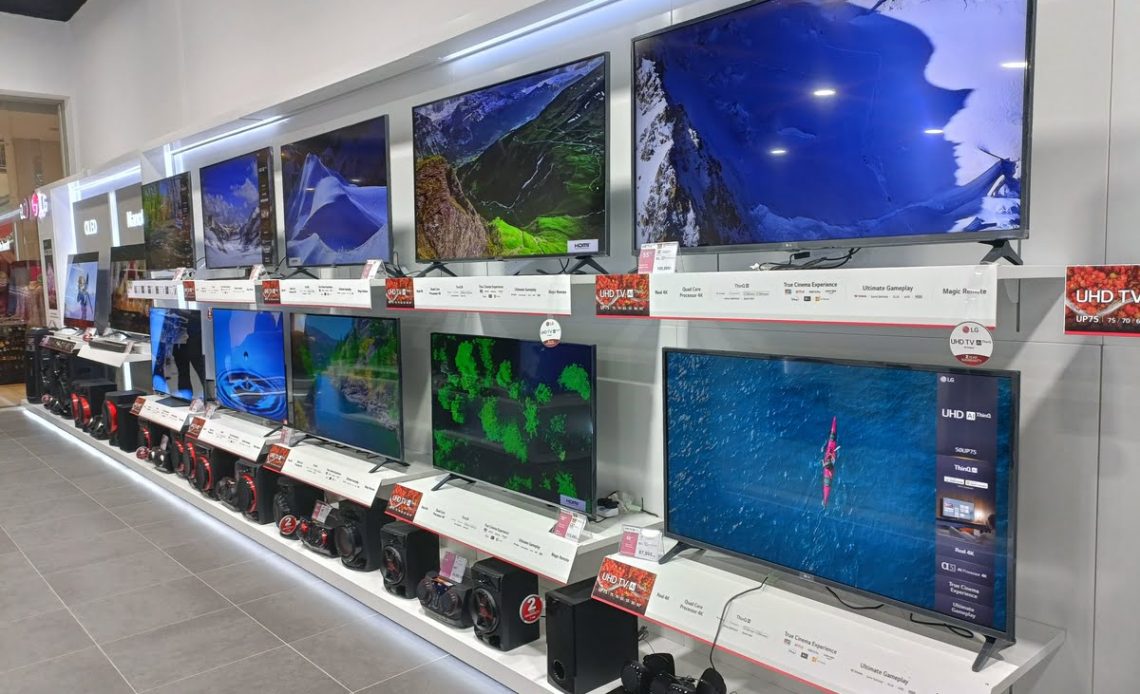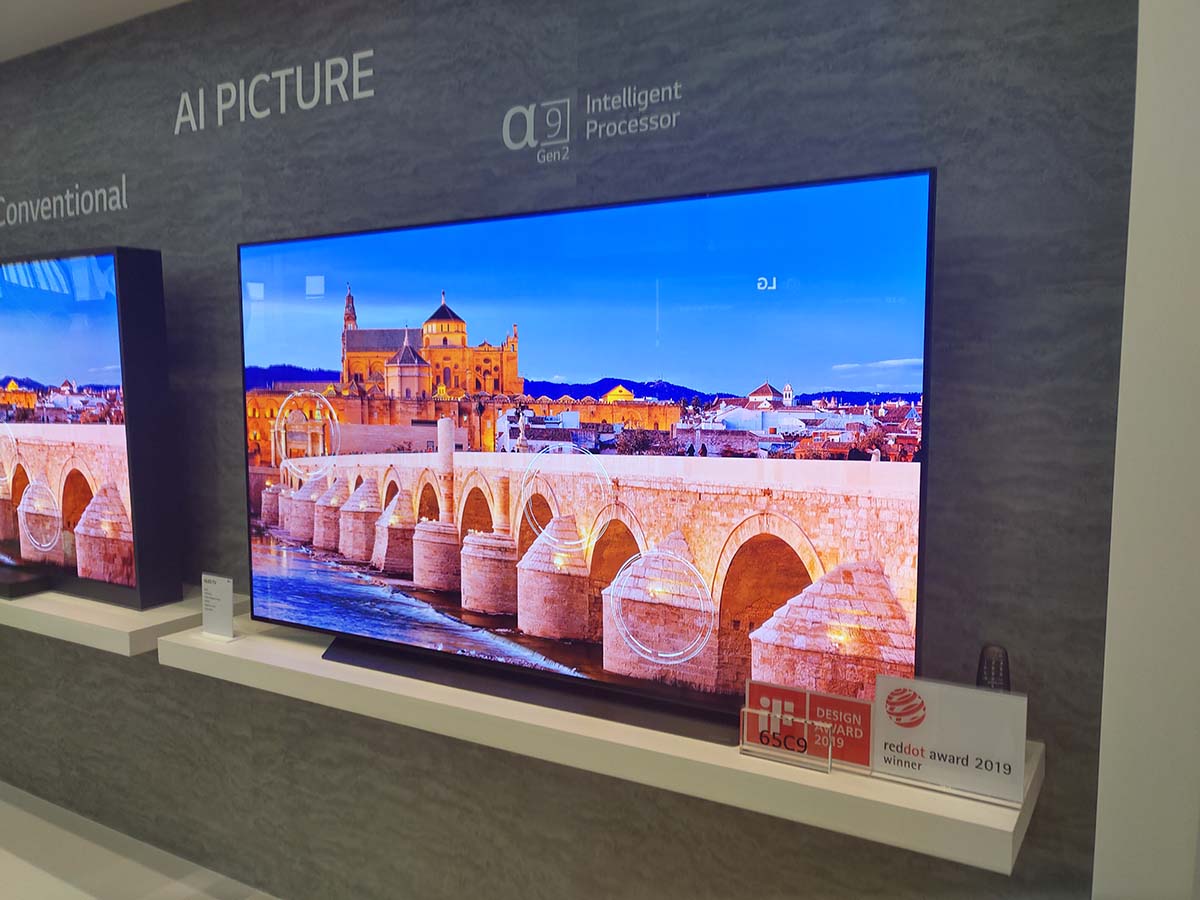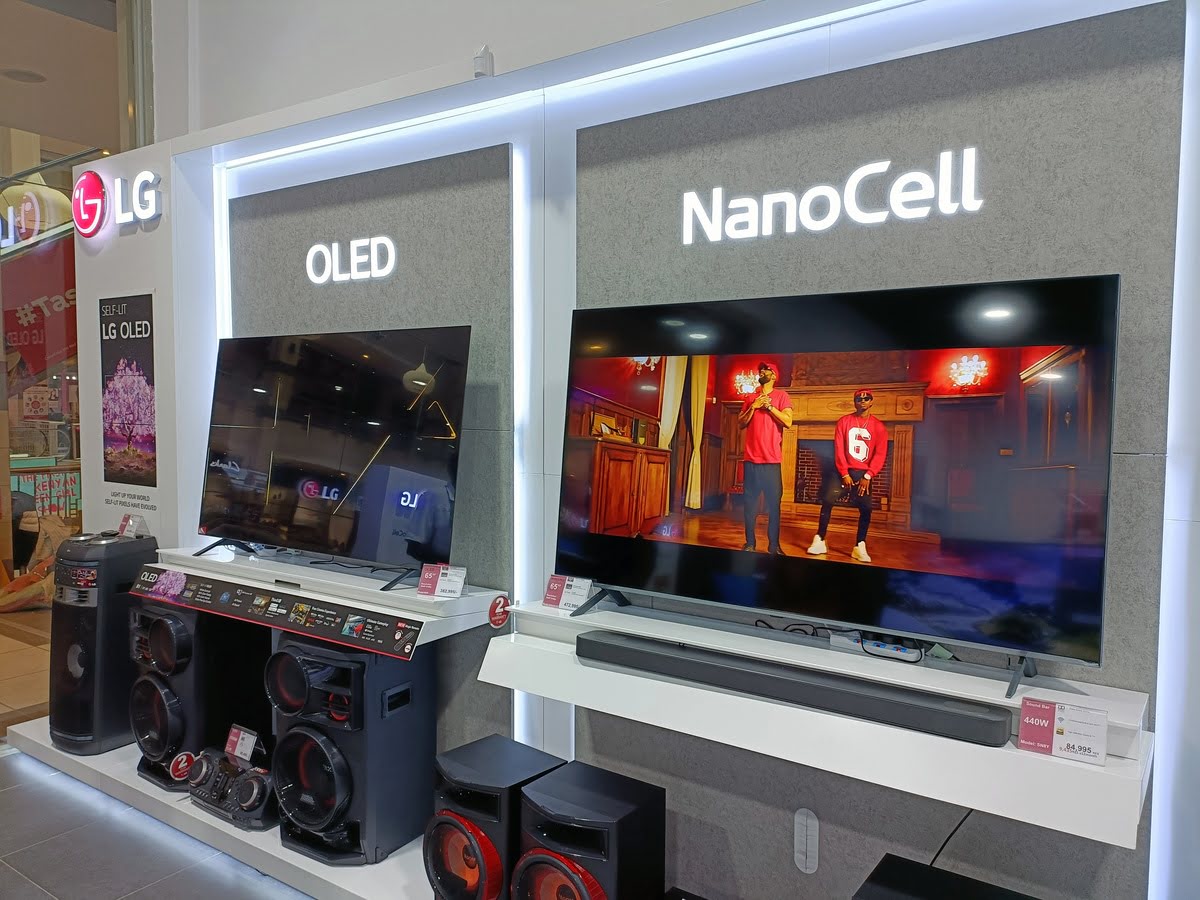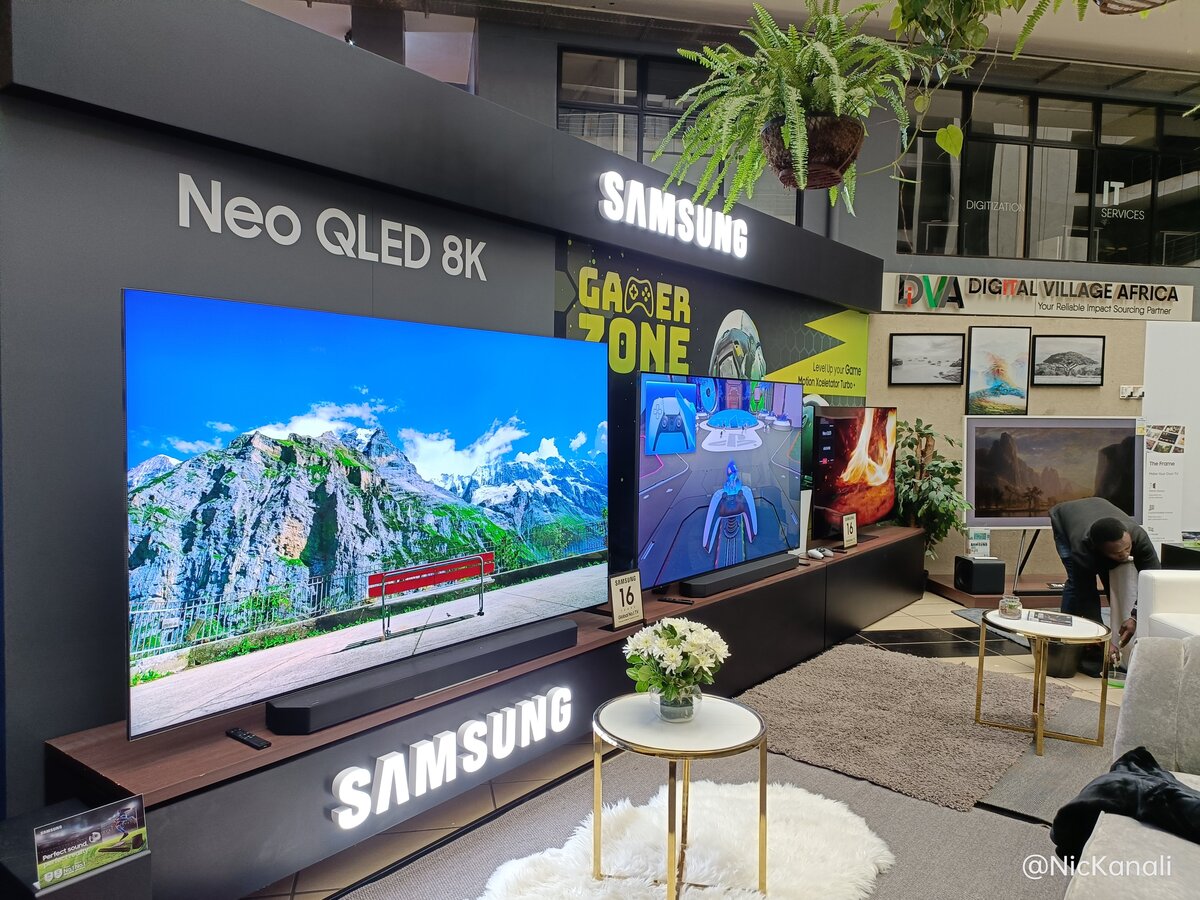
TV display technology has come a long way since the days of black and white cathode ray tube (CRT) TVs. In the modern world, there are several different display technologies available, each with its own set of pros and cons. If you have been looking for a new TV in Kenya, you may have been confused on which display technology to choose. Platforms like Jumia have a ton of different TVs for different prices that you can buy. In this blog post, we’ll take a closer look at the different TV display technologies on the market today, including liquid crystal display (LCD), plasma, and organic light-emitting diode (OLED).
Liquid Crystal Display (LCD)
LCD TVs are the most common type of TV on the market. They work by using a liquid crystal layer that is placed between two layers of glass. When an electric current is applied to the liquid crystals, they align in a specific way to either allow or block light from passing through. This allows for the creation of images on the screen.
One of the main advantages of LCD TVs is that they are relatively inexpensive to produce, which makes them more affordable for consumers. They also tend to have good picture quality, with high levels of brightness and good color accuracy.
One potential downside of LCD TVs is that they can suffer from a phenomenon known as “motion blur,” where fast-moving objects on the screen appear blurry or smeared. This can be particularly noticeable when watching sports or action movies.
Plasma
Plasma TVs work by using tiny cells filled with a mixture of gases, including neon and xenon. When an electric current is applied to the gases, they produce ultraviolet (UV) light, which in turn causes a phosphor coating on the inside of the cell to emit visible light. This creates the image on the screen.
Plasma TVs are known for their excellent picture quality, with deep blacks and good color accuracy. They also tend to have a wide viewing angle, which means that the picture looks good from almost any angle.
However, plasma TVs can be relatively heavy and bulky, and they are also more expensive to produce than LCD TVs. They are also known to consume more power than LCD TVs, which can result in higher energy bills.
Organic Light-Emitting Diode (OLED)
OLED TVs use a different approach to display technology. They work by using a layer of organic materials that emit light when an electric current is applied. This allows for the creation of incredibly thin TVs with excellent picture quality.
OLED TVs have some of the best picture quality of any TV display technology, with deep blacks, excellent color accuracy, and a wide viewing angle. They are also very thin and lightweight, which makes them easy to mount on a wall or place on a TV stand.
However, OLED TVs tend to be quite expensive, and there are also concerns about their long-term durability. OLED TVs can suffer from something called “burn-in,” where a static image displayed on the screen for an extended period of time can result in permanent damage to the display. This is less of a concern with modern OLED TVs, but it is still something to be aware of.
NanoCell TVs
NanoCell TV technology is a type of LED-LCD TV display technology that uses nanometer-sized particles, or “nanoparticles,” to improve the color accuracy and overall picture quality of the display. These nanoparticles are added to the LCD layer of the TV, and they work to absorb excess light wavelengths and improve the color spectrum of the display. This can result in a wider range of colors and more accurate color reproduction on the screen.
NanoCell TVs are similar to standard LED-LCD TVs in that they use an LCD layer and LED backlighting to create the image on the screen. However, the addition of the nanoparticles allows for improved picture quality, with more vibrant and lifelike colors.
NanoCell TVs are generally considered to be a step up from standard LED-LCD TVs in terms of picture quality, but they are also typically more expensive. They are a good choice for those who want a high-quality display with good color accuracy and a wide range of colors, but are willing to pay a premium for it.
Other Display Technologies
In addition to LCD, plasma, OLED, and NanoCell, there are a few other display technologies worth mentioning.
LED TVs: LED TVs are essentially just LCD TVs that use LED backlighting instead of traditional fluorescent backlighting. This allows for thinner TVs with improved picture quality and energy efficiency.
QLED TVs: QLED TVs are a type of LED TV that uses quantum dot technology to improve the picture quality. Quantum dots are tiny semiconductor particles that can produce different colors of light depending on their size.
MicroLED TVs: MicroLED TVs are a new type of display technology that uses tiny LED pixels to create the image on the screen. They offer excellent picture quality and are also very energy efficient, but they are currently quite expensive and only available in very large sizes.
Mini LED TVs: Mini LED TV is a type of LED-LCD TV that uses Mini LEDs (smaller versions of standard LEDs) as backlighting for the display. The use of Mini LEDs allows for more precise control over the backlighting, which can result in improved picture quality and higher contrast ratios.
Conclusion
There are several different TV display technologies on the market today, each with its own set of pros and cons. LCD TVs are the most common and are generally affordable, but can suffer from motion blur. Plasma TVs have excellent picture quality, but are bulky and more expensive. OLED TVs have the best picture quality, but can be expensive and may suffer from burn-in. LED TVs are similar to LCD TVs, but use LED backlighting for improved picture quality and energy efficiency. QLED TVs are a type of LED TV that uses quantum dot technology to improve picture quality. MicroLED TVs are a new type of display technology that offers excellent picture quality and energy efficiency, but are currently quite expensive.
When choosing a TV, it’s important to consider the display technology as well as other factors such as screen size, resolution, and features. No matter which display technology you choose, you can expect to enjoy many hours of entertainment with your new TV.




